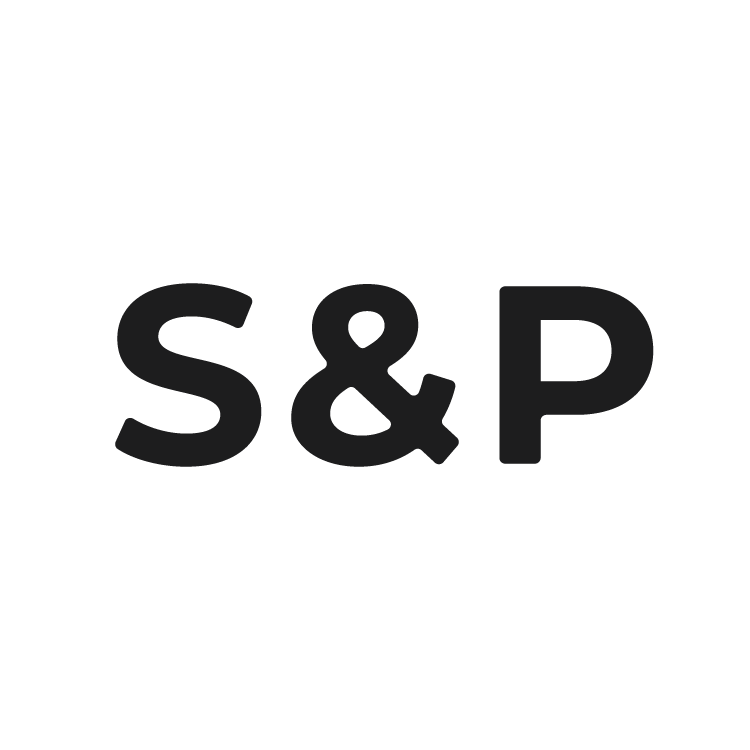Alternative Sights to See
The following sites are some of the more unique or off the beaten track sights to see in Vienna.

See a performance at the Vienna State Opera House or Musikverein
Vienna is renowned as the home of some of the most important classical composers and musicians of all time. What better way to celebrate the Viennese musical history than taking in a concert while you’re here! Vienna is home to many concert halls but two truly represent the importance of classical music in this city, the Wiener Staatsoper (Vienna State Opera House) and the Wiener Musikverein.
The Wiener Staatsoper opened in 1869 in a stunning Renaissance Revival building just a few minutes’ walk from the Hofburg Palace. After severe bombing during WWII, the Opera House was carefully rebuilt and today is regarded as one of the finest opera houses in the world. Each year, the Opera House hosts 350 performances of more than 60 different operas and ballets.
The Wiener Musikverein is located just a few minutes’ walk from the Staatsoper. Designed by the Danish architect Theophil Hanson in the Greek Renaissance style and opening in 1870, the concert hall immediately impressed visitors with its architectural splendour and acoustic brilliance. The Musikverein is home to seven concert halls of differing sizes, however the most renowned is the opulent Goldener Saal. This stunning concert hall can host 2,000 concertgoers and is regarded as having the finest acoustics in the world. The Goldener Saal is the home of the Vienna Philharmonic Orchestra, who perform many concerts throughout the year, including their famous New Year’s concert from this storied hall.
Going to a concert or opera at one of these iconic venues is a great excuse to pop on your best dress clothes and enjoy a night of culture and music in the beautiful, historic surrounds.

Museum Quarter
Vienna’s MuseumsQuartier, Museum Quarter, is a vibrant hub of artistic and cultural institutions with something on offer for everyone. The enormous site was originally the imperial stables of the nearby Hofburg Palace. A total rejuvenation of the area in the late 1990s transformed it into a modern, cosmopolitan precinct with stunning 18th century baroque buildings sitting alongside gleaming modern additions. There are more than 60 museums, galleries and exhibition spaces focusing on such diverse topics as fine art, fashion, photography, architecture, design, dance, music and street art. Highlights include the Leopold Museum which focuses on Austrian modern art; Mumok (the Museum of Modern Art) which showcases international art from the 20th and 21st centuries; and the Architekturzentrum (Austrian Museum of Architecture) which offers a fascinating insight into architecture and urban development. Free events and exhibitions take place throughout the year covering a range of diverse topics and street art frequently pops up throughout the precinct.
When you need a rest, take a seat at unique, architect-designed public furniture that is scattered throughout the precinct. When you fancy a drink or something to eat there are plenty of options from street food to fine dining.

Globe Museum at the Austrian National Library
In the baroque Palais Mollard, just a stone’s throw from the Hofburg Palace, you can find the unique Globe Museum. The only museum in the world devoted to globes, the Globe Museum has been operating since 1956 under the auspices of the Austrian National Library. The museum displays over 250 objects including terrestrial and celestial globes, globes of the moon and planets as well as scientific astronomical instruments. The globes on display are true works of art, the oldest dating to 1536, and range from tiny to enormous in size. The museum explains the history of the globe and its use throughout the ages, along with how they were constructed. The Globe Museum is utterly unique and is a fascinating museum, well worth a visit.
Tickets are €5 and include entry to the onsite Papyrus and Esperanto Museum.

Naschmarkt
The Naschmarkt is Vienna’s largest and most popular outdoor market. Located just south of the city centre in the Wieden district, the Naschmarkt has operated since 1774. Originally a market for milk, today the market sells all the fresh food you could ever want such as: fruit and vegetables, meat and seafood, bread and cheese, spices, olives, sweet treats and wine. Over 120 stalls run for 600 metres. Along with the fresh food stalls there are also plenty of excellent restaurants and bars. On Saturday there is a popular flea market on site, selling an amazing array of items.
Stadtpark
Vienna’s Stadtpark, city park, was opened in 1862 as Vienna’s first public park. Encompassing 11 hectares in the heart of the city, the Stadtpark is a welcome green oasis for the people of Vienna and those looking for a quiet, peaceful space away from the crowds of the city. Stroll past the colourful flowerbeds, neat shrubs, ponds and fountains or flop under one of the shady trees. The park is adorned with monuments, statues and sculptures dedicated to Vienna’s most important residents. Don’t miss the stunning bronze and marble Johann Strauss Monument – the most photographed statue in the city!





